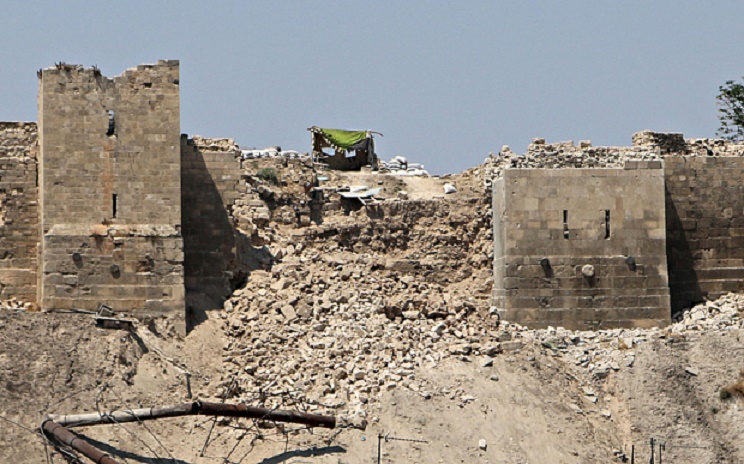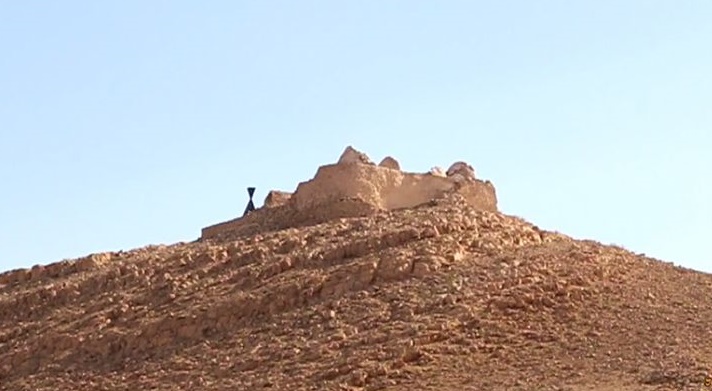Sew La Ti Embroidery [Search results for observatory]
Park observatory
Near East: Islamic State in control of Palmyra ruins
Near East: Islamic State plant explosives at ancient Palmyra

Near East: Syrian forces repel ISIS advance on Palmyra

Near East: Blast in Aleppo does major damage to citadel wall

Near East: Islamic State blows up two mausoleums in Palmyra


